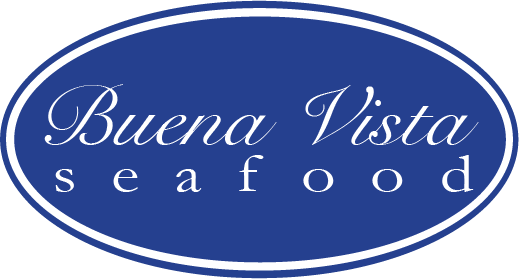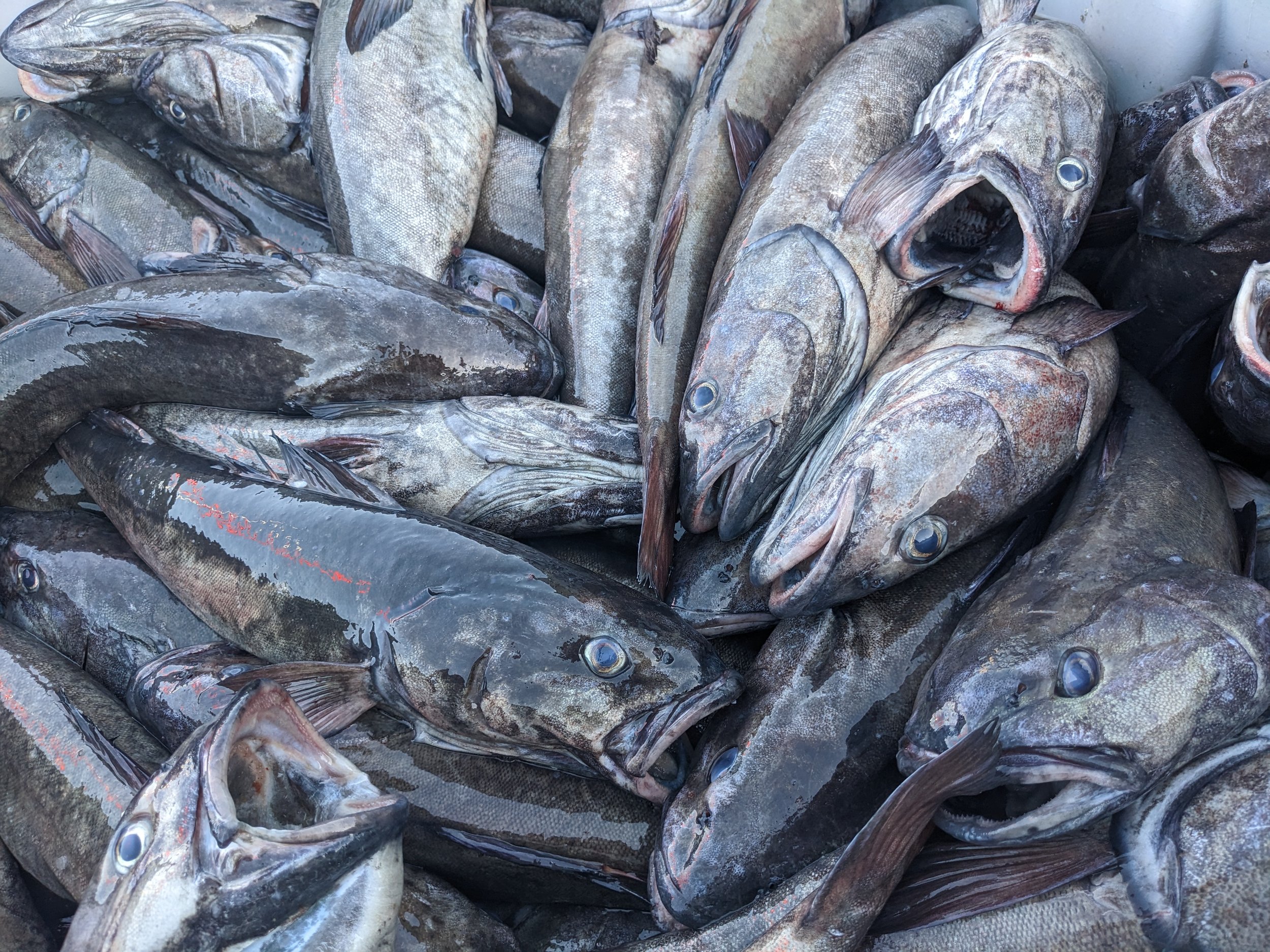San Francisco Black Cod
Direct Boat-to-Table from the San Francisco Community Fishing Association
F/V Salmon Stalker hauling black cod traps
San Francisco Black Cod/Sablefish
Although commonly called “black cod”, this fish is not actually in the cod family, it is one of only two species in its own family. And, while it superficially resembles members of the cod family (Gadidae), it is not related. In recent years the fish has gained popularity, sablefish has been harvested by U.S. and Canadian fishermen since the late 1800’s.
This fish lives on the ocean bottom at depths 200 m (650) feet and deeper. Some are found down to 3000 m (9800 ft). Smaller juvenile fish live near the surface close to the coast.
Black cod are a long-lived species, and 40 year old individuals are commonly caught. Some black cod are known to live 90 years or more.
Sometimes referred to as the “butterfish” because of its rich, mild flavor and velvety texture. The meat consists of large, delicate flakes that melt in your mouth. Because of its high oil content, sablefish goes beyond the center-of-the-plate and is great smoked or as dips and fillings!
Fishermen & Fishing grounds
The San Francisco Community Fishing Association (SFCFA) was founded in 2011, many of our members, 21 boats in all, have fished in San Francisco for over 40 years. Members are owner-operators of small fishing boats in the historic Fisherman’s Wharf of San Francisco catching a range of fish species including Dungeness crab, herring, albacore tuna, black cod (sablefish), halibut, and more.
Now, the fishermen of the SFCFA are making their boat-to-table catch program available to markets across the country.
Situated 30-miles west of San Francisco lay the Farallon Islands. Meaning “pillar” or “seacliff” in Spanish, they are also sometimes referred to by mariners as the Devil's Teeth Islands, in reference to the many treacherous underwater shoals in their vicinity. The islands are visible from the mainland on clear days and are part of the City and County of San Francisco. The only inhabited portion of the islands is on Southeast Farallon Island (SEFI), where researchers from Point Blue Conservation Science and the U.S. Fish and Wildlife Service stay. The islands are closed to the public.
What types of pot gear can be used for black cod?
NMFS authorizes only longline pot gear, which means a stationary, buoyed and anchored line with two or more pots attached. A biodegradable panel of 18 inches and a 9" x 9" tunnel opening must be equipped on the pot. Vessels are allowed to use both pot traps and hook-and-line in the same trip.
Trap caught black cod - San Francisco Boat-to-Table
Black Cod Reproduction Cycle
Black cod reproduce from January to March in California. Spawning and early egg development occurs in deeper water. The hatched larvae swim to surface waters to feed on small zooplankton. Juveniles remain inshore until 2 years of age and begin to migrate to deeper water. Sablefish fully mature and reach reproductive age around ages 5-7 years.
Regulation and Management
This fishery is managed federally by the NOAA fisheries and, as established by the Magnuson-Stevens Act, the Pacific Fishery Management Council (PFMC) through the Pacific Coast Groundfish Fishery Management Plan (FMP).
The Marine Life Management Act, the California Fish and Game Commission (CFGC) regulates the fishery in state waters, and the California Department of Fish and Wildlife (CDFW) manages this fishery. The California Groundfish Collective combines input from the industry and government entities to inform regulatory and management measures for this fishery.
Fishery Status
NMFS Fish Stock Sustainability Index classifies the stock as a “4” out of 4, reflecting that the stock has known status, is not overfished or subject to overfishing, and maintains a biomass at or above maximum sustainable yield.
Classified as a “Best Choice” by Monterey Bay Aquarium’s “Fish Watch”.




